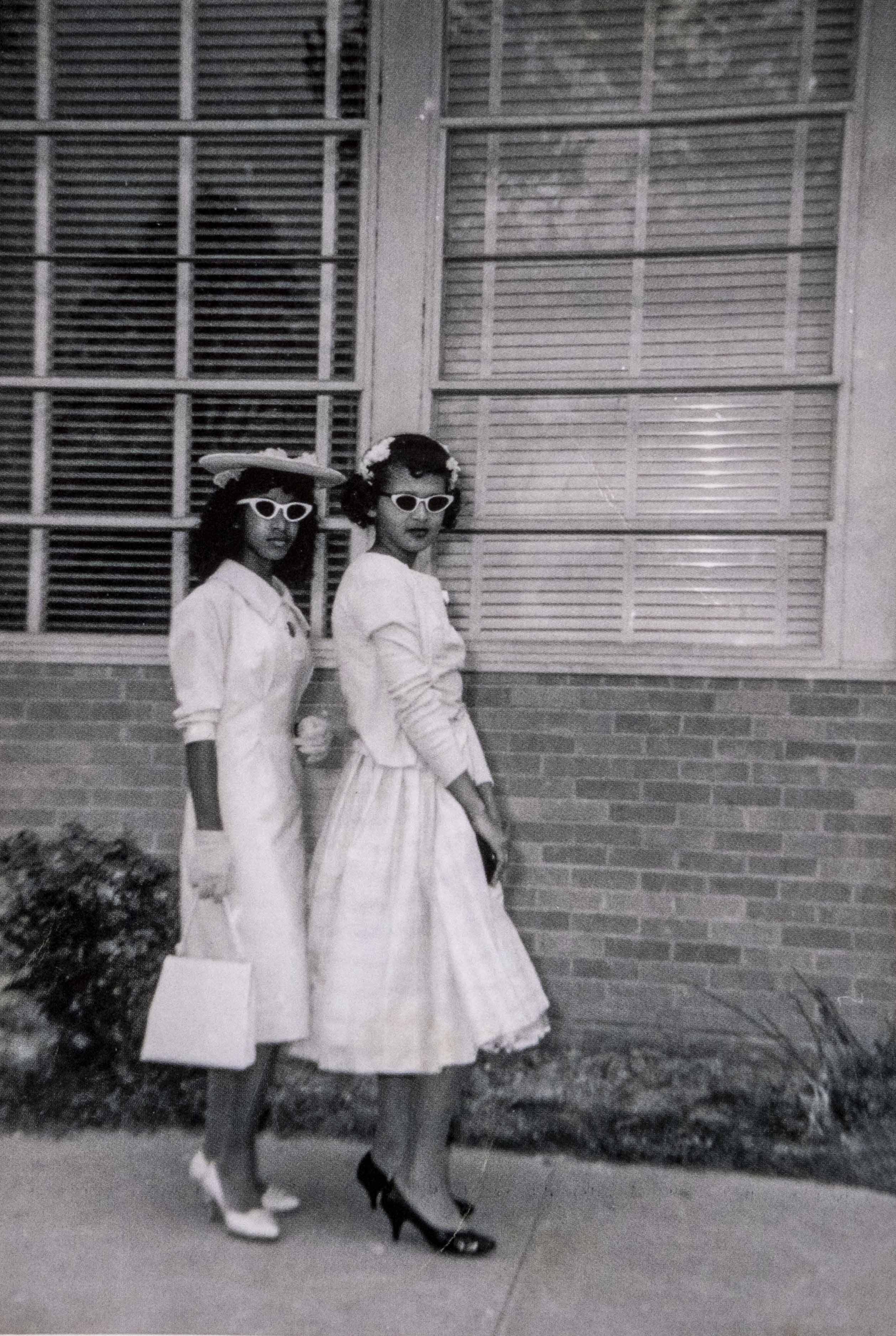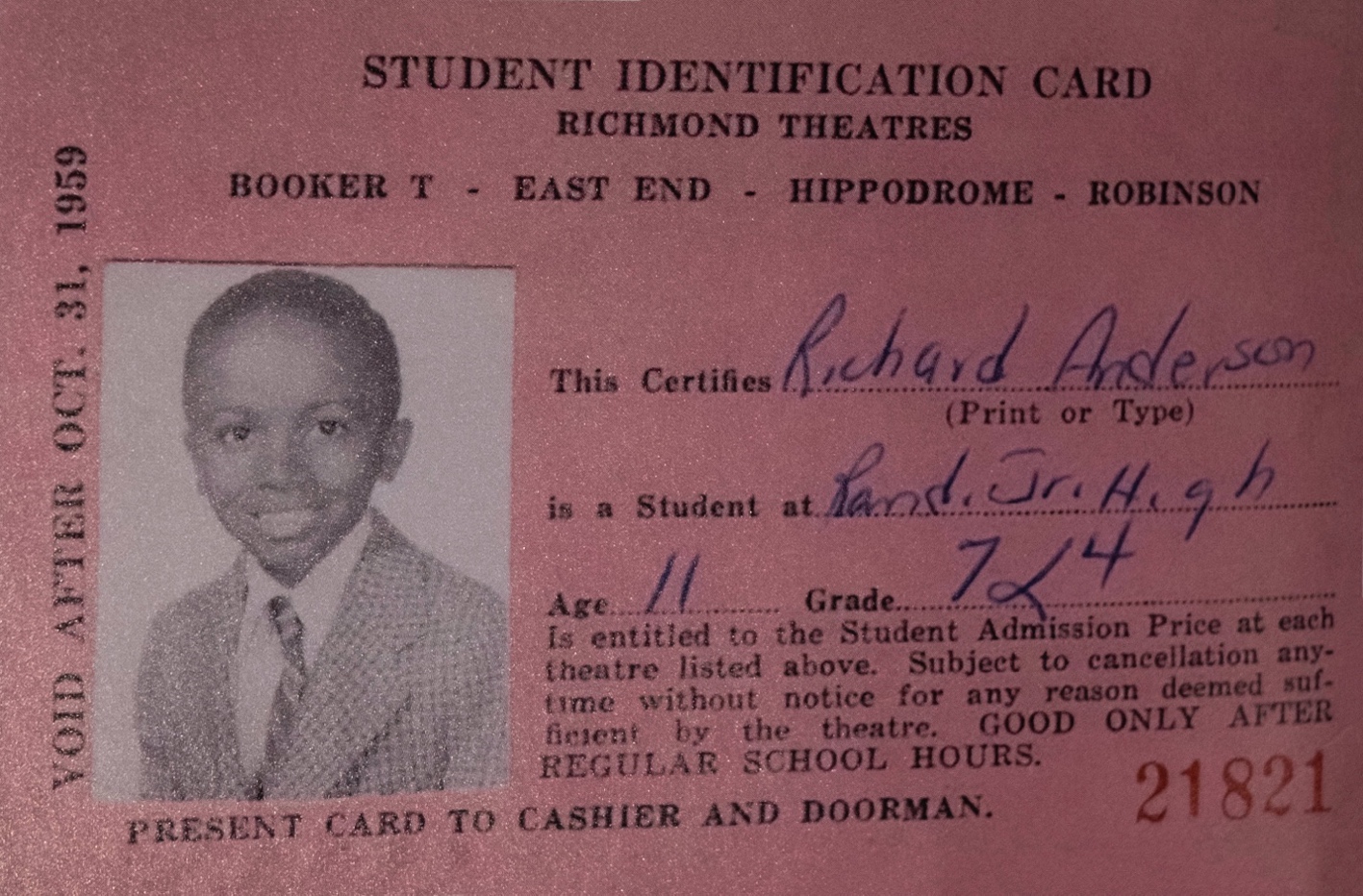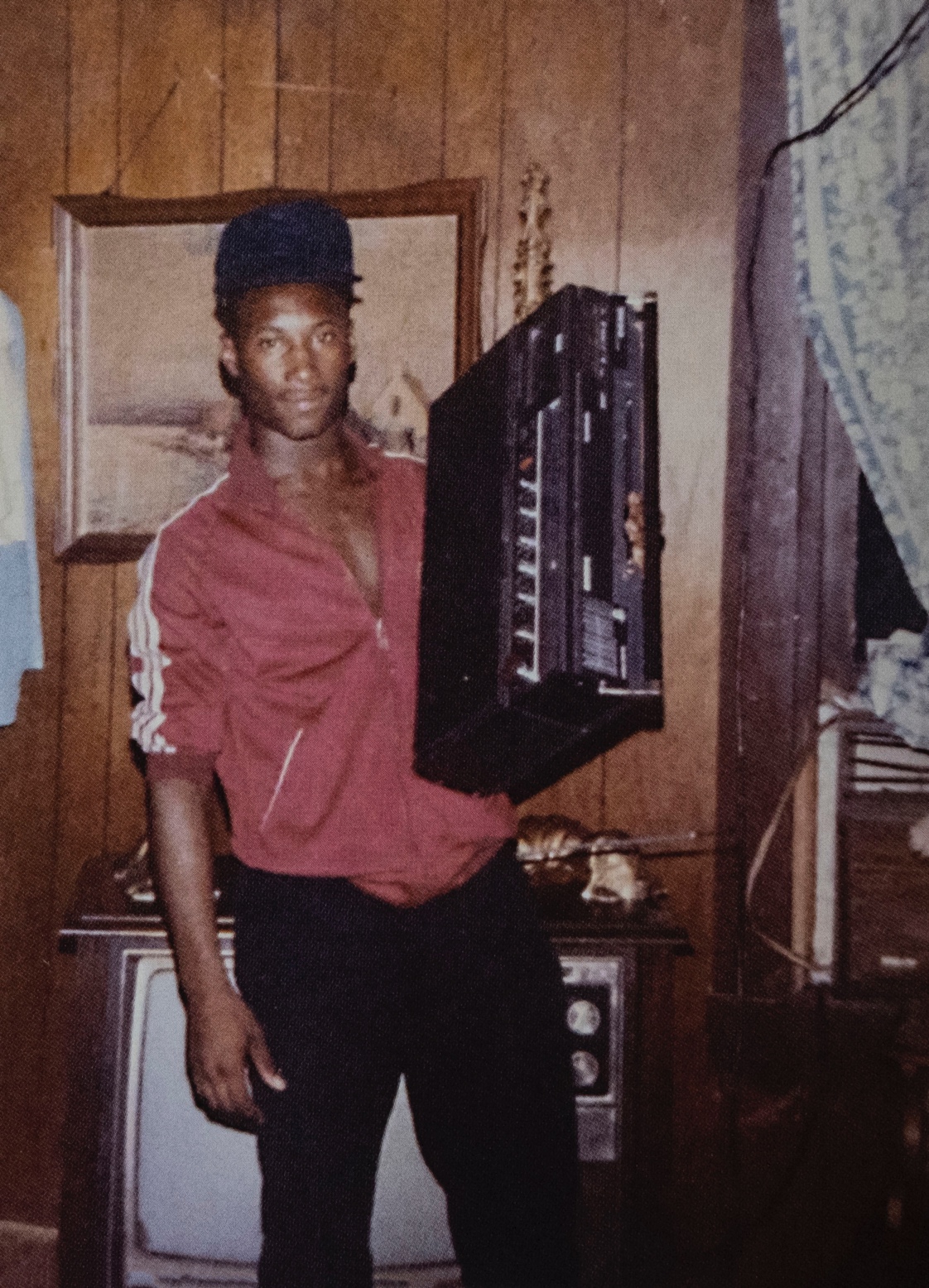Snapshots as History: The Black Archives Project
Black Archives: A Photographic Celebration of Black Life by Renata Cherlise, New York: Ten Speed Press/Penguin Random House, 2023.
Book review by Rick Halpern
Both the snapshot and the family photo album occupy an uneasy space within cultural criticism. Although in recent years a great deal of first rate historical literature has emerged on what is now called “domestic” or “vernacular” photography, critics generally regard snapshots as undeserving of analysis.1 One author has gone as far as calling these images “history’s worst nightmare,” writing that their banality, repetitiveness, sentimentality, and amateurism render them simultaneously difficult to interpret and a nagging challenge to academic criticism that largely remains focused on originality, innovation, and individualism (Batchen 2008).
Of course, a kind of cultural elitism is at play here. Snapshots, after all, are the most popular of photographic forms – a popularity that has increased exponentially with the advent first of the digital realm and, soon after, with the spread of smart phones. Yet these images rarely figure into “serious” writing about photography, even though, as one of the genre’s champions has put it, these photographs address many of the major themes of twentieth century photography such as abstraction, personally engaged portraiture, and striking detail. Although created by amateurs, usually in random and haphazard fashion, snap shots indisputably bear testament to the way ordinary people record meaning within their own lives (Nickel 1999).
Enter Renata Cherlise and her new publication, Black Archives: A Photographic Celebration of Black Life. Although the book appeared in early 2023, the project that led to the appearance of this volume began in 2011 when Cherlise started using social media – first Tumblr and then Instagram – to crowd source images of mid-twentieth century Black life. Taken together, Black Archives and the larger ongoing project speak powerfully to the importance of family photographs – especially snapshots, scrapbooks, and albums – to the careful curation of a collective African American identity. The images Cherlise presents in the book, and online, suggest fruitful ways for critics to widen their purview into the popular dimension of photographic culture. Yet as important as this publication is, Black Archives repeatedly pulls up short by dodging any direct engagement with either Black photographers or writers who have carefully mined institutional archives with goals like those pursued by Cherlise.2
Yet this evasion, perhaps “circumvention” is a more accurate term, while simultaneously disappointing to those hungering for critical engagement is paradoxically a source of great strength and insight. Black Archives is more interested in addressing ordinary folks than scholars; and it carries a programmatic message to the masses to continue documenting the joyful praxis of Black life and to cherish and carefully preserve the resulting images. “Familial archiving practices,” Cherlise writes, are crucial in the promotion of a collective sense of African American kinship and the elaboration of a shared visual language (Cherlise 2023: 10). The “archives” here are those found in dens, attics, and bookshelves in Black homes across America; and the audience is more those who delight in viewing them over kitchen tables and living room sofas than academics sitting in their studies.
This sidestepping of developed discourse around vernacular photography permits another signal strength of Black Archives to emerge: the author weaves together her own analysis of Black popular photography with her highly personal family narrative around image making, circulation, and preservation. Lovingly curated chapters such as “Family Gatherings,” “The Front Porch, “Poses with Cars,” and “Holding Joy, Love, and Tenderness” allow her to discuss the centrality of these features to Black life while breathing life into each of these categories of lived experience with stories of her own parents, grandparents, siblings, and relatives. The result is an often-moving description of the way family snapshots and memory intertwine to produce meaning across generations.
In “Poses with Cars,” for example, Cherlise vitiates her discussion of the automobile as a symbol of upward social mobility with a series of disarming family photographs, including one of her mother and aunt perched on the trunk of a mid-1970s Ford sedan [figure 1]. By sharing this sort of intimacy with the reader/viewer, she is able to present her own views about photography in a personal and often disarming way, whether it is her unabashed embrace of the snapshot as an unusually authentic and democratic form of documentation, or her belief that images of African American leisure and play can take on radical meaning given photography’s historical focus on Black labour (Cherlise 2023: 7-10, 167).

Yet the foregrounding of the personal, despite its power, carries with it some significant drawbacks that detract from the overall impact of the Black Archives project, at least in the way it is presented in this volume. Snapshots and family albums fit comfortably into the personal narrative, but the privileging of the popular “archive” drastically downplays the hundreds of institutional repositories that have collected and preserved images of African American life from the plate glass era up to the digital age.3 Indeed, the current online iteration of the Black Archives undertaking has moved well beyond the family photo album and features, on an almost daily basis, material culled from hundreds of institutional archives across the United States, including branch public libraries, local historical societies, and small sub-collections in larger organizations. Cherlise does include some of these materials in her book. Often, they are among the more compelling images in the volume – such as the 1958 photo of two young women posing with great style outside a school in East Texas, sourced from the R.W. Sheen Library at Stephen Austin State University [figure 2].4 But priority remains with the family snapshot.

One reason for this is that family donations to the archives project frequently arrived with explanatory letters or messages that allow Cherlise to both underscore a vital point about the “keepers of stories” within many Black families and preserve an analytical centre of gravity that rests in the realm of the popular (or folkloric) as opposed to the sphere of professional historical practice. Two paramount examples are her chapters “Handwritten Stories” and “Things We Leave Behind.” The first highlights the way in which captions, notes on the back of the photograph, and letters accompanying the gift of the image to the project, can add additional layers of meaning that “shorten the bridge between the living and the transitioned, the present and the past” (Cherlise 2023: 19). The second also moves beyond the photograph itself to consider the other objects, often emotionally charged, that wind up in family albums: keepsakes, funeral programs, ticket stubs, etc. [figure 3]

These sorts of ephemera clearly expand the definition of the “archives” at play here, and in doing so move closer to the formal collections held in institutions that beyond manuscripts and photographs often contain other material objects that can impart novel layers of meaning to the more traditional holdings.5 Although one wishes that Cherlise had expanded upon her discussion of these aspects of family collecting and curating, perhaps making theoretical observations – or, at the very least, suggesting lines of enquiry for others to pursue – she time and again declines to move or even gesture in this direction. Likewise, the chapter of Black Archives on “Style” (from which figure 2 is drawn), cries out for connection with an exciting still-emergent literature on performativity and vernacular photography in which critics argue persuasively that subjects are always encouraged or urged to perform a certain self in front of the camera. These “theatres of the self” confront the viewer in a distinctive fashion, opening spaces for reflection, recognition, argument and understanding (Edwards 2001; Ryzova 2015; Calfato 2022). To be fair, Cherlise does speak of viewers’ collective recognition of themselves in the photographs she presents. She also explicitly alludes to the constituent parts of a shared visual language. But these are just hints. She rarely “reads” her photos, never really analyzes the poses, postures, backgrounds, angles, and compositions of the images on display.
Take what arguably is the most innovative section of Black Archives – the chapter on “Sounds of Blackness.” In her introduction to this section Cherlise hints at photography’s ability to trigger senses beyond the visual. Readers will recognize and smile inwardly at many of the images in this portion of the book: a teenager looking through cassettes and albums while seated before an impressive 1970s sound system; a pair of gaudily festooned drummers in a marching band; and a young man in Milwaukee posing with a boom box as large as his torso [figure 4].

But many readers will want more from the author such as ideas about how, exactly, visual images can possess an aural dimension, the precise ways in which blackness can be inscribed in sound (not just music), and how memory and nostalgia contribute to this kind of synesthesia.
One suspects that Renata Cherlise has strong ideas about these questions and possible answers to them, for each chapter opens with a few suggestive lines, rarely more than a paragraph, that set the critical mind abuzz with thought and speculation, even if these chapters quickly move past prose and onto the images themselves. This is the paradox of the Black Archives project in both its printed and online forms. It tantalizes with a rich and varied visual feast but prefers to allow viewers to draw their own conclusions and develop their own hypotheses about the tropes animating and lending coherence to the archive. Cherlise has done a great service in providing us with an extraordinary and varied visual slice of Black life in the United States. That she declines to wring much meaning from these snapshots is regrettable but does not detract from her accomplishment. Rather it serves notice on historians and other critics to get to work learning from this wealth of material and making sense of it.
Works Cited
Auslander, Leora, “Reading German Jewry through Vernacular Photography: From the Kaiserreich to the Third Reich,” Central European History, 48:3 (2015): 300–34.
Bunch, Lonnie G. et. al., Pictures with Purpose: Early Photographs from the National Museum of African American History and Culture. Giles 2019.
Calafato, Özge Baykan. Making the Modern Turkish Citizen: Vernacular Photography in the Early Republican Era, IB Tauris 2022.
Cherlise, Renata. Black Archives: A Photographic Celebration of Black Life. Ten Speed Press 2023.
Combs, Rhea and Deborah Willis, “American Families” Aperture, 233 (2018): 96–103.
Edwards, Elizabeth. “Photography and the Performance of History,” Kronos 27:12(2001): 15–29.
Fox-Amato, Matthew, Exposing Slavery: Photography Human Bondage and the Birth of Modern Visual Politics in America, Oxford University Press 2019.
Ryzova, Lucie. “The Image sans Orientalism.” Middle East Journal of Culture and Communication 8:2 (2015): 159–71.
Spence, Jo and Patricia Holland, Family Snaps: The Meaning of Domestic Photography. Virago 1991.
Phu, Thy, Warring Visions: Photography and Vietnam, Duke University Press 2022.
White Shane and Graham White. Stylin’: African American Expressive Culture from Its Beginnings to the Zoot Suit. Cornell University Press 1998.
Photo credits
Figures 1 to 4: Ten Speed Press/Penguin Random House
Notes
About the author
Rick Halpern is a social historian whose work has focused on race and labour in several national and international contexts. His most recent book-length publication, co-authored with Alex Lichtenstein, is Margaret Bourke-White and the Dawn of Apartheid. He also has written about meat and meatpacking, sugar and plantations, and regionalism. Currently he is researching the long interplay between photography, race, and class in Canada and United States over the course of the twentieth century. He is the Bissell-Heyd Chair of American Studies at the University of Toronto where he teaches classes on the history of capitalism, slavery and emancipation, and social protest movements.
Research and production editor for this contribution: Laura Bisaillon